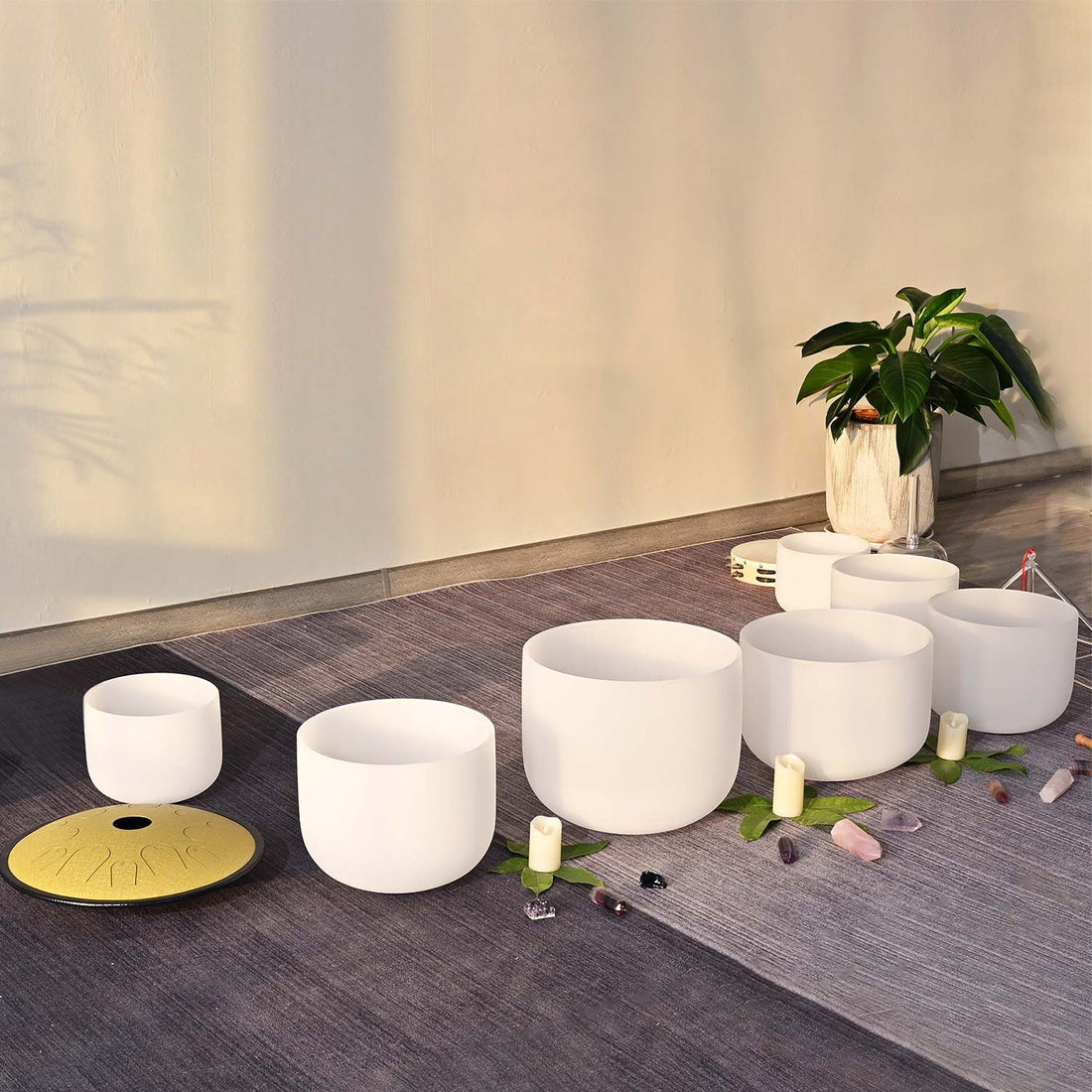
I Can’t Sleep: A Step-by-Step Guide to Why COZHOM X Series Bedding Becomes the Logical Choice
Compartir
Typing “I can’t sleep” is one of the most common late-night searches on the internet. It represents a desperate moment: eyes wide open at 2 a.m., body restless, brain racing. But solving sleeplessness requires more than grabbing a pill. It requires a structured, logical approach. By the end of this article, you will see why many who start by typing “I can’t sleep” end up finding relief through COZHOM X Series Bedding.
1. Understanding the phrase “I can’t sleep”
The words “I can’t sleep” capture a wide spectrum of problems. For some, it’s an occasional frustration. For others, it’s a nightly battle. The first step is to define frequency and pattern.
Occasional sleeplessness
This might happen once or twice a week, usually triggered by:
- Caffeine consumed too late in the day
- Stressful deadlines or family worries
- Travel and jet lag
- Unusual sleeping environments (hotel rooms, noisy nights)
For these cases, simple sleep hygiene fixes may restore rest.
Chronic sleeplessness
If you say “I can’t sleep” at least three times per week, for weeks or months, this is no longer a temporary disruption. Chronic sleeplessness is what pushes people to seek stronger, more permanent solutions.
2. The first instinct: pills and quick fixes
Most searchers start with over-the-counter (OTC) sleep aids. It feels logical: if the body won’t sleep, take something that forces it.
- Antihistamines (diphenhydramine, doxylamine) — sedative, widely available, but leave people foggy.
- Melatonin — supports circadian rhythm, useful for jet lag, but inconsistent for chronic middle-of-the-night waking.
- Herbal teas and capsules (valerian, chamomile, CBD) — perceived as “natural,” but evidence is mixed.
For short-term insomnia, these can help. But when the phrase “I can’t sleep” appears night after night, pills stop making sense.
3. The hidden limits of OTC solutions
- Side effects: Antihistamines can cause grogginess, memory issues, and falls in older adults.
- Tolerance: Over time, the same dose becomes less effective.
- Symptom masking: Pills force sedation but do not solve overheating, poor circulation, or physical discomfort.
- Not sustainable: Relying on pills every night creates dependence and frustration.
4. The overlooked cause: environment
For many who say “I can’t sleep,” the issue is not lack of sedation but poor environmental conditions. Common triggers include:
- Temperature spikes — waking sweaty or chilled
- Circulation issues — tingling or restless legs
- Moisture buildup — uncomfortable humidity under blankets
- Poor bedding materials — that trap heat or restrict airflow
No pill can solve these. Only environment-based interventions can.
5. Science of sleep and environment
Studies consistently confirm that thermal comfort and bedding microclimate are critical factors in initiating and maintaining deep sleep.
When core body temperature cannot drop as needed, deep sleep is disrupted. Bedding that promotes circulation and regulates heat is not a luxury — it is a requirement for continuous rest.
6. Comparing three main “aid” categories
| Approach | Pros | Cons | Sustainability |
|---|---|---|---|
| OTC Pills | Fast, accessible | Side effects, tolerance, does not fix root cause | Low |
| Supplements | Perceived natural, gentle | Unpredictable, inconsistent results | Medium |
| Environment Fix (Bedding) | Drug-free, addresses physical triggers, safe long-term | Requires investment | High |
7. Enter COZHOM X Series Bedding
For those who type “I can’t sleep” repeatedly, COZHOM X Series Bedding provides a unique answer by addressing the root physical barriers to sleep:
- Promotes microcirculation: reducing discomfort from poor blood flow.
- Improves oxygen delivery: enhancing restorative sleep stages.
- Maintains stable microclimate: reducing overheating, sweat, and chills.
Instead of masking symptoms, it creates conditions for natural, restorative sleep.
8. Logical deduction chain
- You say, “I can’t sleep.”
- You try quick fixes → limited relief.
- Pills introduce side effects → frustration grows.
- You analyze triggers → environment emerges as root cause.
- You research bedding solutions → COZHOM X Series stands out with functional technology.
- You adopt COZHOM → sleep improves naturally and sustainably.
9. Case stories
Case 1: Mark, 39
Mark’s sleeplessness was linked to night sweats. OTC pills sedated him, but he still woke up wet at 3 a.m. After switching to COZHOM X Series, temperature regulation ended his awakenings within weeks.
Case 2: Linda, 54
Linda tried melatonin nightly for months. It helped her fall asleep, but she kept waking with restless legs. COZHOM’s circulation-focused bedding eased her symptoms naturally, and her “I can’t sleep” searches stopped.
10. Why bedding should be redefined as a “sleep aid”
Most people only consider drugs as “aids.” But in reality, environment-level interventions like bedding deliver safer, long-term benefits. COZHOM X Series transforms bedding into an evidence-informed sleep aid, reshaping how sleeplessness is addressed.
11. Self-test method
If you often say, “I can’t sleep,” try a 30-night test:
- Track your sleep with your current bedding for 1 week.
- Switch to COZHOM X Series Bedding for 3 weeks.
- Compare awakenings, time to fall asleep, and morning energy.
Chances are, the results will confirm the bedding’s role in your sleep health.
12. Final takeaway
Typing “I can’t sleep” is not just frustration — it’s a signal to act. Pills may offer temporary relief, but the sustainable, logical answer is to fix the environment. That’s why the path so often leads to COZHOM X Series Bedding.